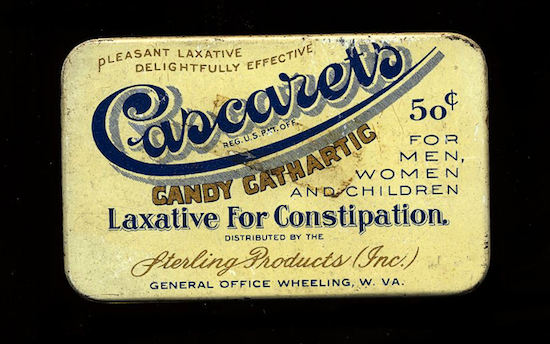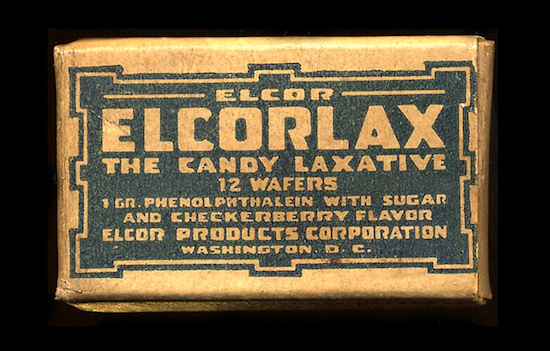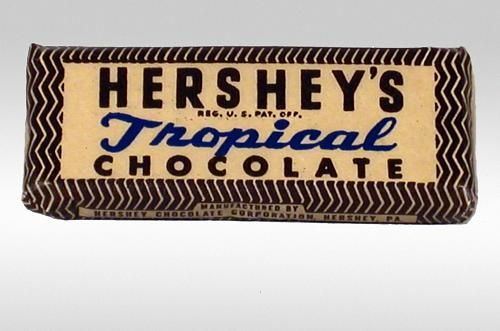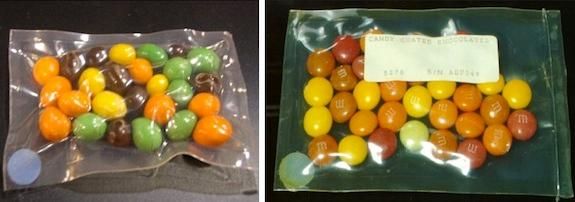Candy From Halloween’s Past
From candy’s lackluster beginnings to the Halloween boom, Smithsonian shares some tricks and treats
/https://tf-cmsv2-smithsonianmag-media.s3.amazonaws.com/filer/20121030113040Wayne-Thumbnail.png)
Here at the Smithsonian, we’ve got quite a sweet tooth. From Wayne Thiebaud’s fixation on all things sugar to astronaut candy, the collection is full of treats. So this Halloween, look back on the trick or treats that might have been and ahead to the sure-to-be glorious tradition of outer space candy collecting.
NECCO Wafers, Hershey’s Kisses and Heath bars had been delighting mouths for years by the roaring twenties. But the decade proved to be a decadent one, with the introduction of the Milky Way candy bar, Milk Duds, Baby Ruth bar and Reese’s Peanut Butter Cups.
Unfortunately, the term “candy” was thrown around a little loosely. Laxatives and prescriptive chews were also permitted to call themselves candy. Candy expert and Rutgers University professor Samira Kawash told Food and Think, “The first candies were medicinal! An apothecary in the 18th century would prescribe you sugar candy for things like chest ailments or digestion problems. Back then, the “spoonful of sugar” idea was literal—if you had some sort of unpleasant medicine to take, usually a concoction of herbs that might not taste very good, the apothecary would suspend it in sugar.”
Good thing trick or treating didn’t take off in America until the mid 20th century, otherwise we’re pretty sure some forgetful homeowner would’ve undoubtedly tried to pass these off as Halloween handouts.



By the 1940s and 50s, Americans began their affair with candy in earnest. The tradition of trick-or-treating, originally a much more social activity that entailed visiting in neighbors’ homes, began in the mid-20th century. In 1943, Hershey’s produced its Tropical Bar for troops in WWII as a heat-resistant, high-energy snack. According to the American History Museum the product, called Field Ration D, was ”so successful that by the end of 1945, approximately 24 million bars were being produced every week.”

From the battle front to the final frontier, candy’s next stop was outer space. Maybe not as revolutionary as freeze-dried astronaut ice cream, the space-bound candy treats were still pretty delicious orbiting the Earth.

And the relationship with candy continues: In July of this summer, the famous confectioners Mars Inc. donated $5 million to help construct an exhibit titled “American Enterprise” about business and innovation, set to open in 2015.
/https://tf-cmsv2-smithsonianmag-media.s3.amazonaws.com/accounts/headshot/Leah-Binkovitz-240.jpg)
/https://tf-cmsv2-smithsonianmag-media.s3.amazonaws.com/accounts/headshot/Leah-Binkovitz-240.jpg)